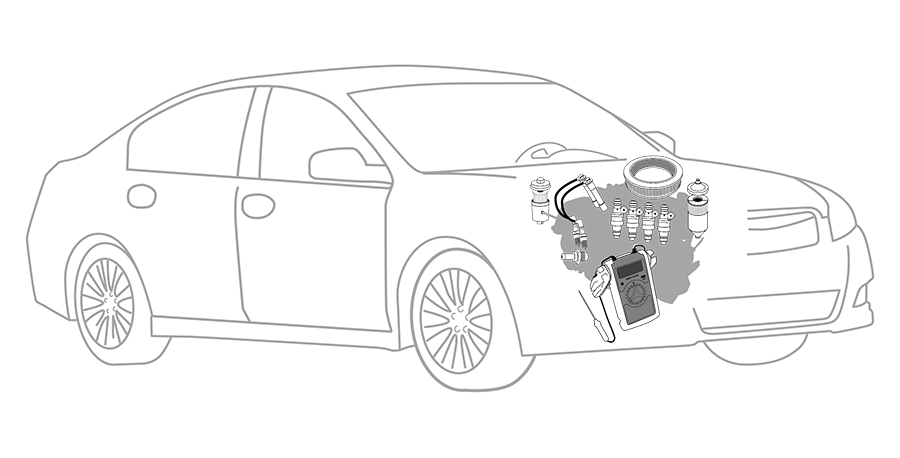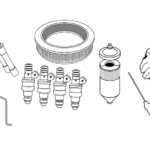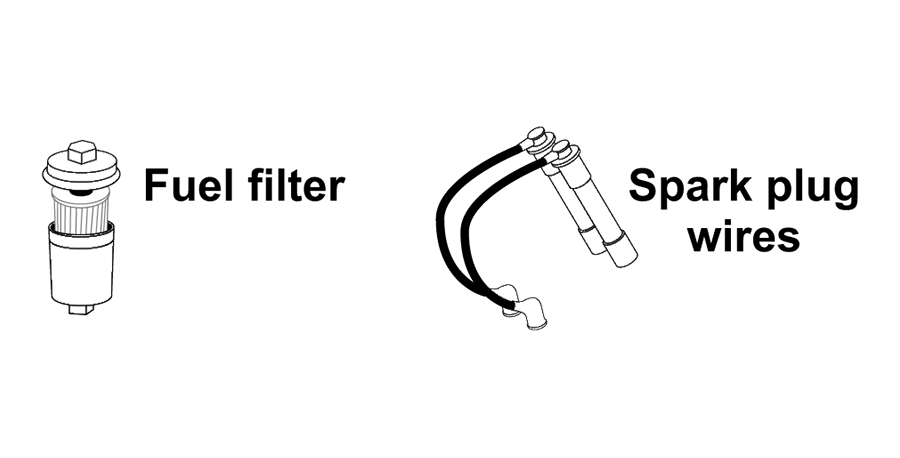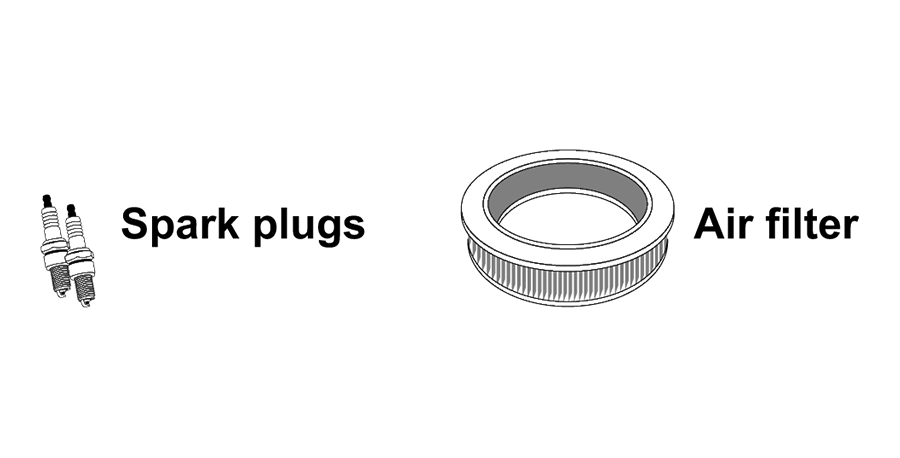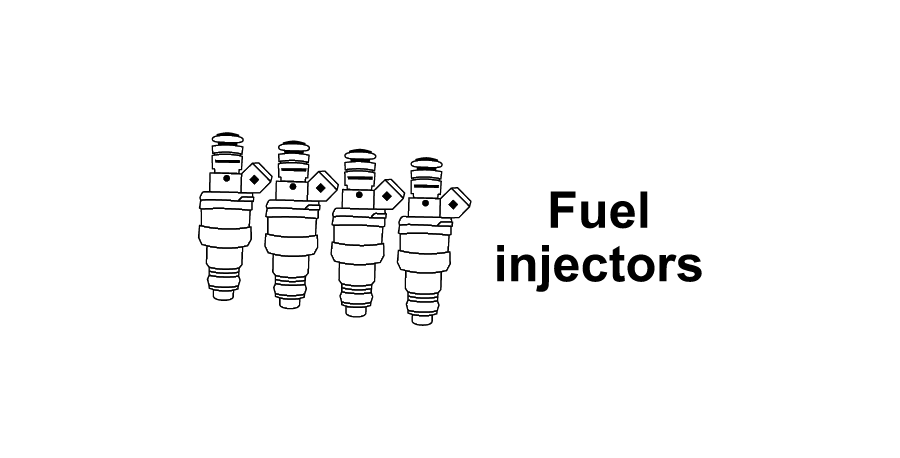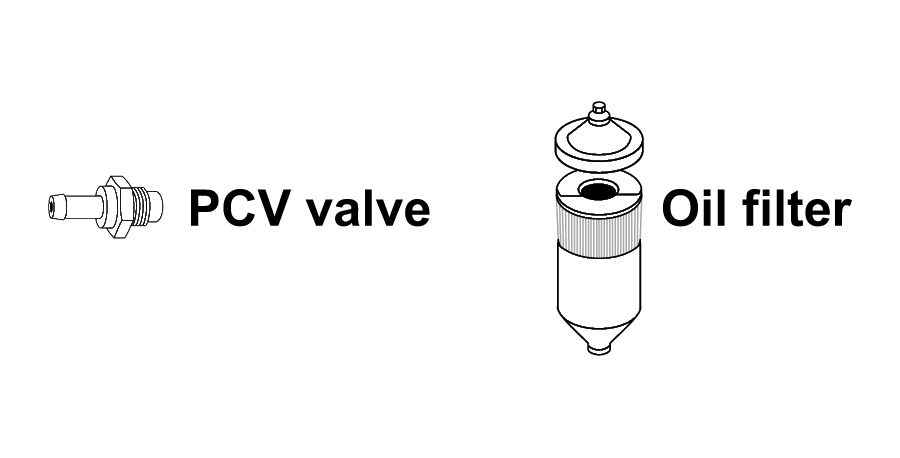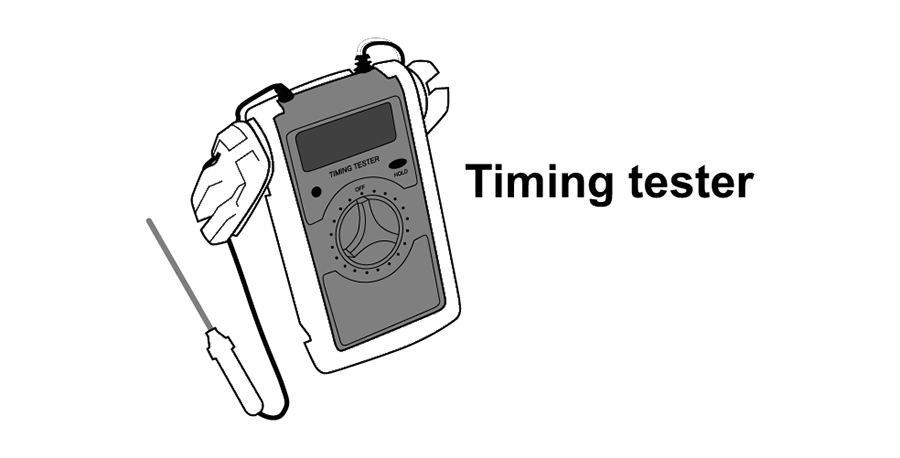An engine tune-up is one of the most effective ways to restore lost performance, improve fuel efficiency, and extend the life of your vehicle’s engine. While the term “tune-up” once referred to a very specific set of maintenance tasks on carbureted engines, it has evolved with technology. Today’s tune-up involves a blend of inspections, replacements, and adjustments tailored to modern fuel-injected and computer-controlled engines.
This guide will walk you through the importance of engine tune-ups, what’s involved in the process, how often they should be done, and whether you should attempt it yourself or hire a professional.
1. What is an Engine Tune-up?
A tune-up is a maintenance procedure designed to ensure your engine runs smoothly and efficiently. It involves replacing worn components, cleaning systems, and making necessary adjustments. In older vehicles, tune-ups often included setting ignition timing, adjusting carburetors, and replacing distributor points.
In modern cars, tune-ups focus more on:
-
Spark plug replacement
-
Fuel system cleaning
-
Air filter replacement
-
Electronic diagnostics
-
Sensor and emission system checks
A proper tune-up helps maintain peak engine performance and prevents issues before they escalate.
2. Benefits of Regular Engine Tune-ups
2.1 Improved Fuel Economy
Over time, worn spark plugs, clogged filters, and dirty injectors cause your engine to burn more fuel. A tune-up restores efficiency, often improving fuel mileage by 5–15%.
2.2 Enhanced Performance
A misfiring engine or sluggish acceleration often stems from neglected maintenance. New spark plugs, fresh filters, and clean fuel injectors restore smooth power delivery.
2.3 Reduced Emissions
A tuned engine burns fuel more completely, lowering harmful exhaust emissions — helping both the environment and your chances of passing a smog test.
2.4 Extended Engine Life
Preventive replacement of wear-prone parts reduces stress on internal components, extending overall engine life.
2.5 Early Problem Detection
During a tune-up, mechanics can detect oil leaks, worn belts, failing sensors, and other issues before they cause breakdowns.
3. Signs Your Engine Needs a Tune-up
You might not always notice performance loss immediately, but several symptoms indicate it’s time for attention:
-
Hard starting: The engine cranks longer than usual before starting.
-
Rough idle: The engine vibrates or sounds uneven when idling.
-
Poor acceleration: Slow response or hesitation during acceleration.
-
Decreased fuel economy: Noticeable increase in fuel consumption.
-
Engine misfires: Shaking or jerking while driving, often accompanied by a “check engine” light.
-
Excessive exhaust smoke: White, blue, or black smoke signals combustion issues.
-
Unusual noises: Knocking, pinging, or hissing sounds.
If any of these symptoms appear, scheduling a tune-up can restore performance and prevent costly damage.
4. How Often Should You Get a Tune-up?
Tune-up intervals vary depending on:
-
Vehicle age and type
-
Engine design
-
Driving conditions
General guidelines:
-
Older vehicles (with distributor ignition systems): Every 10,000–20,000 miles.
-
Modern vehicles (electronic ignition): Every 60,000–100,000 miles, depending on spark plug life.
-
Harsh driving conditions (stop-and-go traffic, extreme temperatures, towing): More frequent checks recommended.
Always check your owner’s manual for manufacturer-specific intervals.
5. Components Involved in an Engine Tune-up
5.1 Spark Plugs
-
Purpose: Ignite the air-fuel mixture inside the cylinders.
-
Tune-up role: Replace worn or fouled plugs to ensure consistent ignition.
-
Signs of wear: Corrosion, carbon buildup, widened gap.
5.2 Spark Plug Wires / Ignition Coils
-
Carry high-voltage current to spark plugs.
-
Worn wires or failing coils cause misfires and rough running.
5.3 Air Filter
-
Cleans incoming air for combustion.
-
Dirty filters restrict airflow, reducing power and efficiency.
5.4 Fuel Filter
-
Traps debris from fuel before it reaches injectors.
-
A clogged filter leads to poor performance and fuel starvation.
5.5 Fuel Injectors
-
Deliver precise fuel amounts into the cylinders.
-
Cleaning removes carbon deposits for better spray patterns.
5.6 PCV Valve
-
Controls crankcase ventilation.
-
A faulty valve can cause oil leaks and poor fuel economy.
5.7 Engine Oil & Filter
-
While not always part of a “classic” tune-up, fresh oil protects internal parts and reduces wear.
5.8 Timing & Drive Belts
-
If applicable, checking for cracks and proper tension prevents major failures.
5.9 Battery & Charging System
-
Ensuring strong, consistent electrical power supports ignition and fuel delivery.
6. Step-by-Step Engine Tune-up Procedure
Step 1: Gather Tools and Supplies
-
Socket and wrench set
-
Spark plug socket
-
Feeler gauge
-
Screwdrivers
-
Replacement parts (plugs, filters, belts if needed)
-
Fuel injector cleaner
-
Gloves and safety glasses
Step 2: Perform a Diagnostic Scan
-
Use an OBD-II scanner to check for stored trouble codes.
-
Address sensor or emission-related issues before physical replacements.
Step 3: Replace Spark Plugs
-
Remove one plug at a time to avoid mixing up wires.
-
Set correct gap using a feeler gauge (if not pre-gapped).
-
Torque to manufacturer specifications.
Step 4: Inspect/Replace Ignition Components
-
Check spark plug wires or ignition coils for cracks or wear.
-
Replace as necessary.
Step 5: Replace Air Filter
-
Open the airbox and install a new filter.
-
Ensure proper seating to prevent unfiltered air from entering.
Step 6: Replace Fuel Filter
-
Relieve fuel system pressure before removal.
-
Install new filter, ensuring correct flow direction.
Step 7: Clean Fuel Injectors
-
Use a quality injector cleaner added to the fuel tank, or have them professionally cleaned.
Step 8: Check & Replace PCV Valve
-
Remove the old valve and shake it; if it rattles freely, it’s likely good.
-
If clogged or stuck, replace.
Step 9: Inspect Belts & Hoses
-
Look for cracks, fraying, or glazing.
-
Replace if worn to prevent roadside breakdowns.
Step 10: Change Engine Oil & Filter
-
Drain old oil, replace the filter, and refill with the manufacturer-recommended oil type and amount.
Step 11: Test Drive
-
Monitor engine response, idle smoothness, and fuel economy after completing the tune-up.
7. Modern vs. Classic Engine Tune-ups
7.1 Classic Tune-ups
-
Involved carburetor adjustments, distributor timing, and points replacement.
-
Required frequent maintenance due to mechanical wear.
7.2 Modern Tune-ups
-
Focus on electronic systems, sensor diagnostics, and extended-life components.
-
Less frequent, but more dependent on computer diagnostics.
8. DIY vs. Professional Tune-ups
DIY Advantages
-
Cost savings
-
Hands-on learning
-
Control over part quality
DIY Disadvantages
-
Requires tools and mechanical knowledge
-
Mistakes can cause damage
-
Some components (like timing belts) require advanced skill
Professional Advantages
-
Experienced technicians
-
Access to specialized diagnostic tools
-
Service guarantees
Professional Disadvantages
-
Higher cost
-
Dependent on shop scheduling
9. Cost of an Engine Tune-up
-
Basic tune-up: $50–$150 (spark plugs, air filter, fuel additive)
-
Full tune-up: $250–$800 (includes plugs, wires/coils, filters, PCV valve, injector cleaning, belts)
-
Luxury or high-performance vehicles: $500–$1,200
Factors affecting cost:
-
Vehicle make/model
-
Labor rates in your area
-
Part quality (OEM vs. aftermarket)
10. Common Mistakes to Avoid
-
Skipping the diagnostic scan
-
Mixing up spark plug wires
-
Using the wrong spark plug type or gap
-
Over-tightening plugs (can damage threads)
-
Ignoring small vacuum leaks
-
Forgetting to reset the maintenance reminder
11. Tips for Maximizing Tune-up Benefits
-
Use high-quality OEM or equivalent parts.
-
Keep a maintenance log.
-
Combine your tune-up with other scheduled services.
-
Drive gently after a tune-up to allow new components to seat properly.
12. Environmental Impact of Tune-ups
A well-maintained engine produces fewer pollutants and consumes less fuel. Regular tune-ups:
-
Lower carbon monoxide emissions
-
Reduce hydrocarbon output
-
Improve catalytic converter life
13. Future of Engine Tune-ups
With the rise of electric vehicles, the concept of a “tune-up” will evolve further. EVs lack many traditional wear components but still require system diagnostics, battery health checks, and cooling system maintenance.
Conclusion
An engine tune-up is more than a routine chore — it’s a critical investment in your vehicle’s health, efficiency, and longevity. Whether you choose to tackle it yourself or rely on a professional mechanic, keeping your engine in top shape pays off with better performance, lower operating costs, and fewer breakdowns.
A well-executed tune-up not only breathes new life into your engine but also contributes to a cleaner environment and a more enjoyable driving experience. Regular attention to your engine’s needs ensures that every mile you drive is as smooth, efficient, and reliable as possible.
If you want, I can also create a detailed maintenance schedule chart showing exactly what to check and replace at different mileage intervals to go along with this guide. That would make it even more practical for everyday use.
